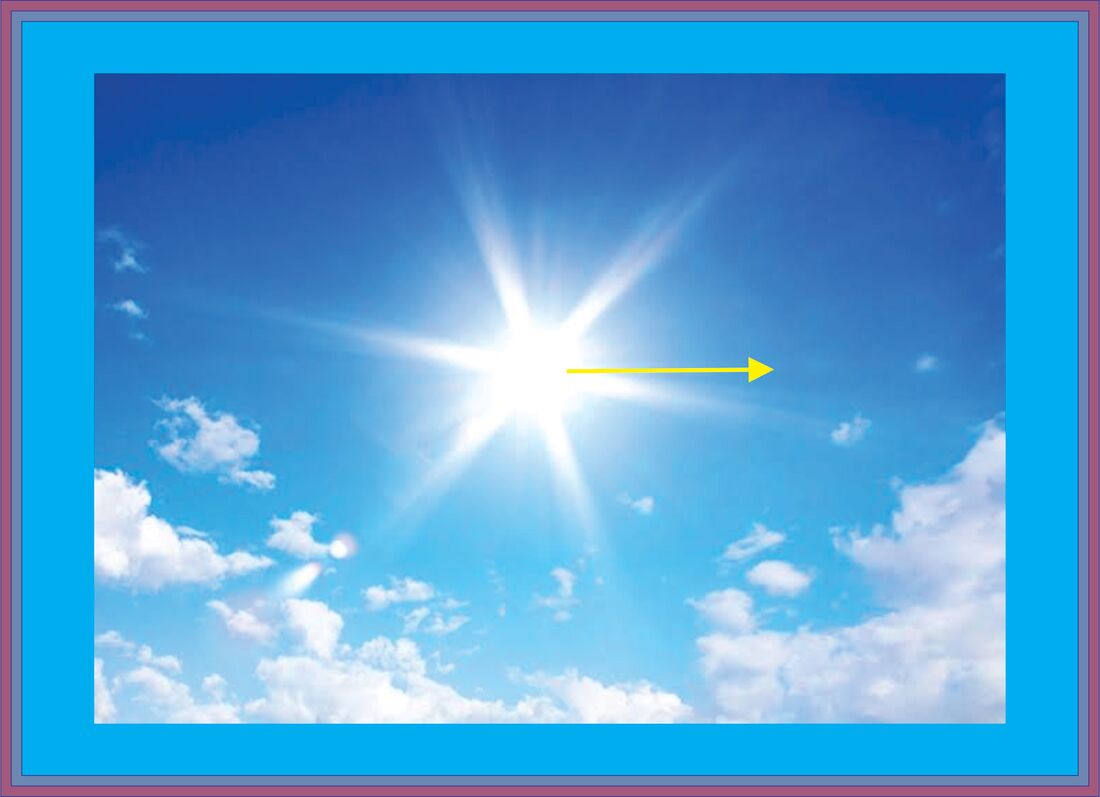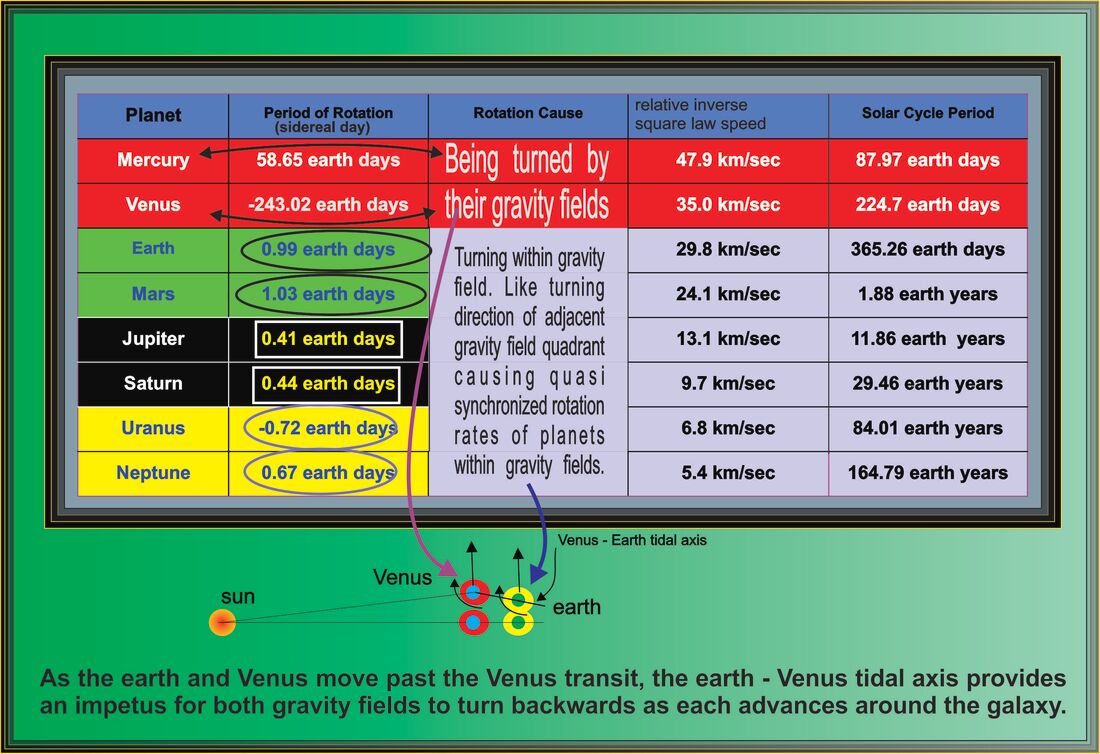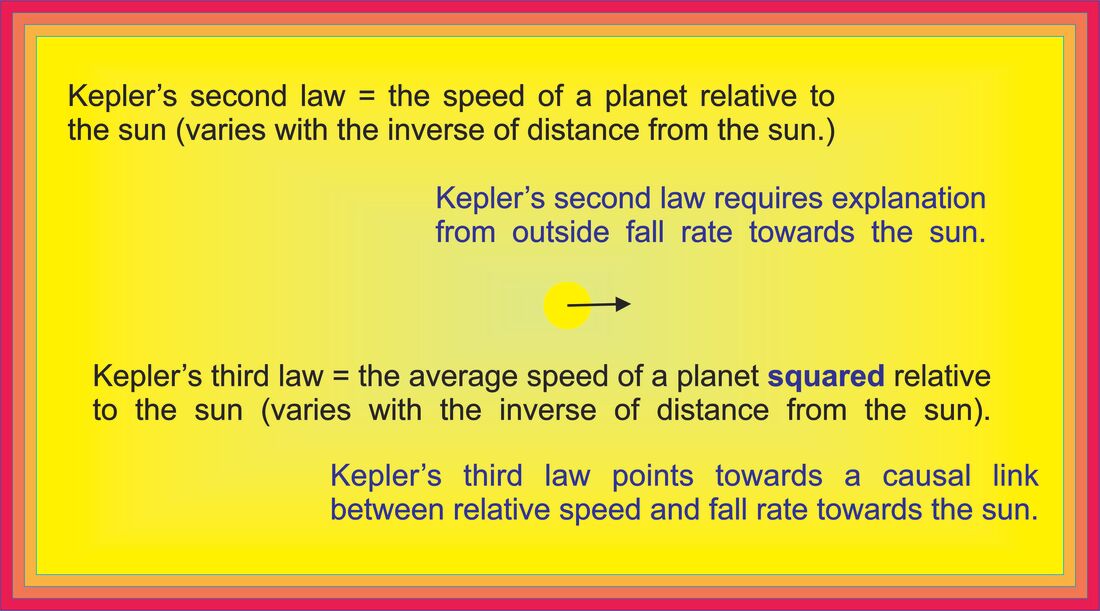Kepler's second law/rotation rates
The obvious clue to the day lengths of the planets is gravity field turn rates.
A planet turning once on its axis relative to the stars is its sidereal day. The outer six planets turn on their axis many times during their year. Thus the sidereal day and the solar day are approximately the same for the outer six planets. (The solar day is the time between sunrises. For the earth this is what we call 1 day and the earth sidereal is 0.99 earth days.)
For the inner two planets, Mercury and Venus, the situation is different. Their sidereal and solar days are lengthy (of the order of their solar cycles) and do not approximate each other.
For Mercury a solar day occurs once every 175.97 earth days. Meaning Mercury experiences almost exactly 2 years for each of its solar days. During this period Mercury has turned on its axis almost exactly 3 times relative to the stars.
The Venus sidereal day is 243.02 days. Because of the backwards rotation of Venus, a Venus solar day (the time between sunrises on Venus) is 117 days.
The rotation numbers the telescopes provide about the inner (three) planets are Venus turns backwards on its axis once whilst this planet does almost exactly 2/3's of its 'orbit' around the sun. That is Venus rotates 3 times on its axis while the earth completes 2 years.
Every 584 earth days, the same face of Venus is almost precisely towards the earth when Venus passes between the earth and the sun.
A Venus sunrise occurs every 117. something earth days. Meaning there is almost precisely 5 Venus sunrises to each Venus transit of the earth.
Coupled with that 117 earth days between Venus sunrises, adjacent inner planet Mercury rotates twice on its axis every 117.3 earth days.
With Mercury itself, virtually exactly there are 3 Mercury sidereal days to every 2 Mercury years. And every 2 Mercury years, there is 1 Mercury solar day.
The apparent connecting ratios running between the inner three planets.........
The next thing to note is.........................
The next thing to note is.........................
Telescopes have been generationally declaring rotation rates with increasing accuracy.
The similar rotation rates are for sidereal days. The pure sidereal period for a planet's inverse square law is the same as the solar cycle period of the planet.
On these adjacent inner planet a quarter of an orbit advanced beyond a transit diagrams, planetary speed magnitudes come tidal axii speed magnitudes are relative to each other. With respect of the motion of the sun, the diagrams are all timeless and the push vectors instantaneous forces. Minus the ellipses, the diagrams are scale diagrams. Even if there is nothing in them, looking at the diagrams is a bit of off the planet classroom fun. Significantly, the Venus - earth relationship is the odd one out with the slightly obtuse angle. Without the ellipses and for rest of the planets with a slight exception for the Mars - Jupiter relationship, the outer planet works into just beyond the tangential position after the inner planet has performed a 1/4 cycle advancement around the sun.
Obviously this is not a finished science.
Suffice to say that after the journey from prehistoric times to discern them, declaring the inner planet ratios and adjacent outer planet rotation rate similarities to be coincidence without certainty would be unintelligent scholarship. The prima facie evidence is it is up there with the best of telescopic finds. Unless there is something astray with discerned day lengths, equally there is something rotational going on between the planets that we don't understand as yet.
Ellipses aside, Uranus and Venus have the most advanced outer planet (Neptune and earth respectively) when they reach their quarter cycle points. And Uranus and Venus are the two planets with the idiosyncratic rotation directions.
If it is on the right track, the 24 hours in our day and the 23 degrees of our axis of rotation would be a consequence of the uniqueness of the solar system. The more you involve yourself with the table, the more wondrous our existence seems to be. It's not just a question of could there be other life supporting planets. The covering question is could there be other solar systems that so do.
The way Kepler presented his great work is probably where modern thought pattern irregularities began. Time squared in the third law means nothing. Likewise the fact that a planet sweeps out equal areas in equal times in his second law.
1/ Kepler's first law says the paths of the planets around the sun are elliptical when the sun is fixed. When Kepler stated that the sun is at one of focii of the ellipse, he was unaware of perturbations.
2/ Kepler's second law says the speed of an individual planet relative to a moving sun varies with the inverse of its distance from the sun.
3/ Kepler's third law says the average speed of any planet squared relative to a moving sun varies with the inverse of distance from the sun.
Suffice to say that after the journey from prehistoric times to discern them, declaring the inner planet ratios and adjacent outer planet rotation rate similarities to be coincidence without certainty would be unintelligent scholarship. The prima facie evidence is it is up there with the best of telescopic finds. Unless there is something astray with discerned day lengths, equally there is something rotational going on between the planets that we don't understand as yet.
Ellipses aside, Uranus and Venus have the most advanced outer planet (Neptune and earth respectively) when they reach their quarter cycle points. And Uranus and Venus are the two planets with the idiosyncratic rotation directions.
If it is on the right track, the 24 hours in our day and the 23 degrees of our axis of rotation would be a consequence of the uniqueness of the solar system. The more you involve yourself with the table, the more wondrous our existence seems to be. It's not just a question of could there be other life supporting planets. The covering question is could there be other solar systems that so do.
The way Kepler presented his great work is probably where modern thought pattern irregularities began. Time squared in the third law means nothing. Likewise the fact that a planet sweeps out equal areas in equal times in his second law.
1/ Kepler's first law says the paths of the planets around the sun are elliptical when the sun is fixed. When Kepler stated that the sun is at one of focii of the ellipse, he was unaware of perturbations.
2/ Kepler's second law says the speed of an individual planet relative to a moving sun varies with the inverse of its distance from the sun.
3/ Kepler's third law says the average speed of any planet squared relative to a moving sun varies with the inverse of distance from the sun.
(link)Did Newton answer Halley's question.
The Galilean rocket science problem of the planets ascending and descending at the same time aside, Sir Isaac has misinterpreted Kepler's second law. A planet sweeping out equal area in equal time would say the force of attraction varied as the inverse of distance from the sun. Not the inverse square of distance.
Which then says there is a striking relative speed conflict between Kepler's second law and Kepler's third law. Kepler's third law does say the relative speeds of the planets does vary with the inverse square of distance from the sun.
The suggested likelihood is the push vectors of the adjacent planet diagrams explain the second law - third law relative speed conflict and also the day lengths of all the planets. The interest is where the rotation of the sun's inverse square law fits in. The average fluid rotation period of the sun is assessed to be about a third of a Mercury year.
Even if this rotation cause column addition to the rotation rate table is unable to explain day lengths, congratulations to telescope builders and operators for the second column.
The weakness here is scant regard for the motion of the sun, where moons precisely fit in and, beyond it must be made out of space, a firm idea of the structure of a gravity field. If a sinusoidal planetary motion model of the planets and their moons with all the rotations can be constructed, it should allow fresh considerations to begin about Sir Isaac's ongoing unknown of how 'gravity gets there'. Minus time, mass imprinting an inverse square law into surrounding space is in modern world jargon. The only slight difference here is seeing the imprint as the structure of large galactic journey particles with the planets as the little dots in their centres causing the imprint. Hope the science can be finished off.
The added centre column to the rotation rates of the planets is based upon Newton third law supposition. One of the pair of the forces that causes an inverse square law in space being away from mass. The manifestation of this force as increasing spherical shells in space around mass altering the vertical nature of space is the inverse square law. If that happened to be right, it would mean that space is spontaneous and that the three dimensions in unison are finite. Thus the opposite force of the supposed pair traces to the impossibility of three dimensional infinite distance.






